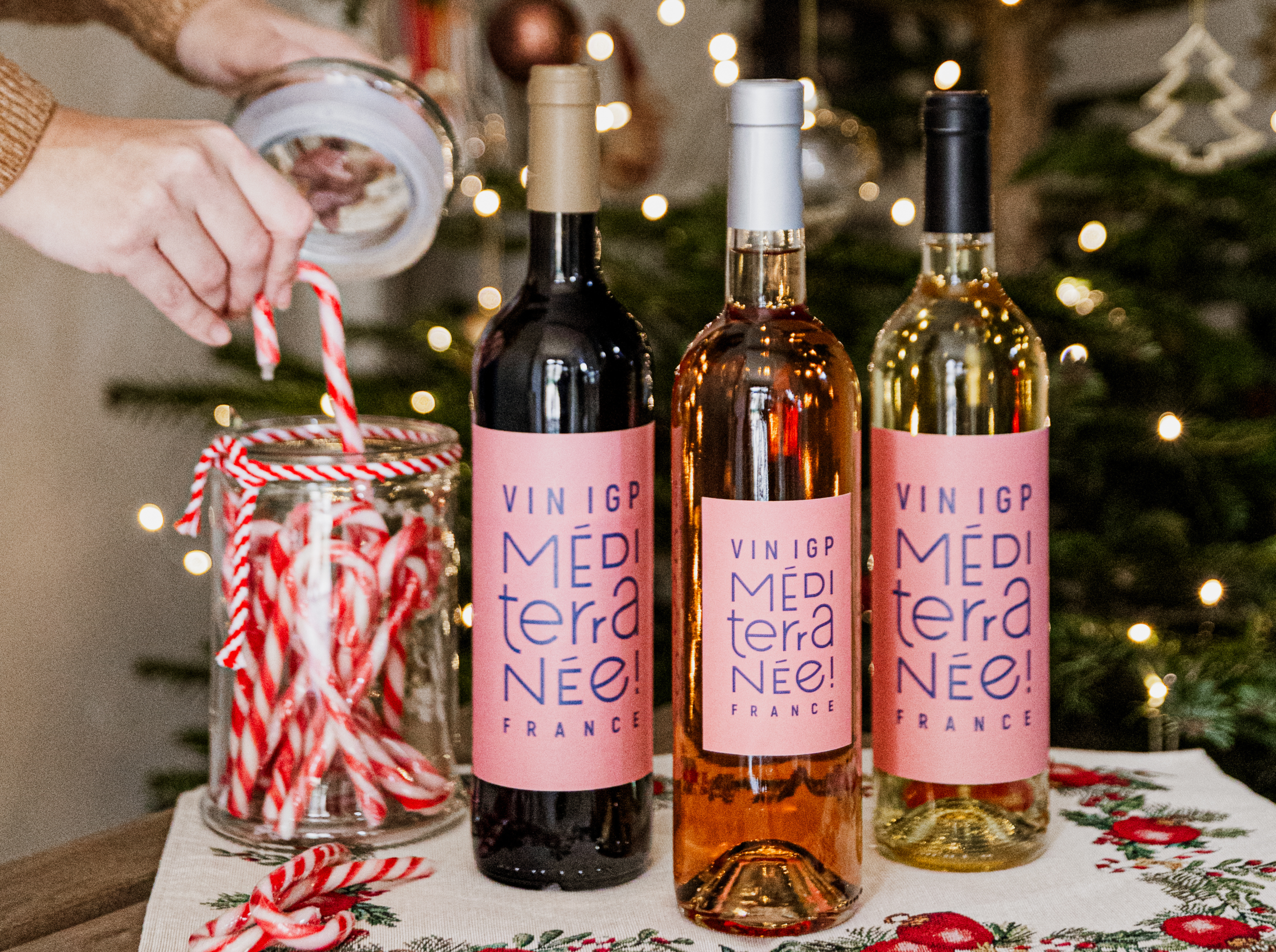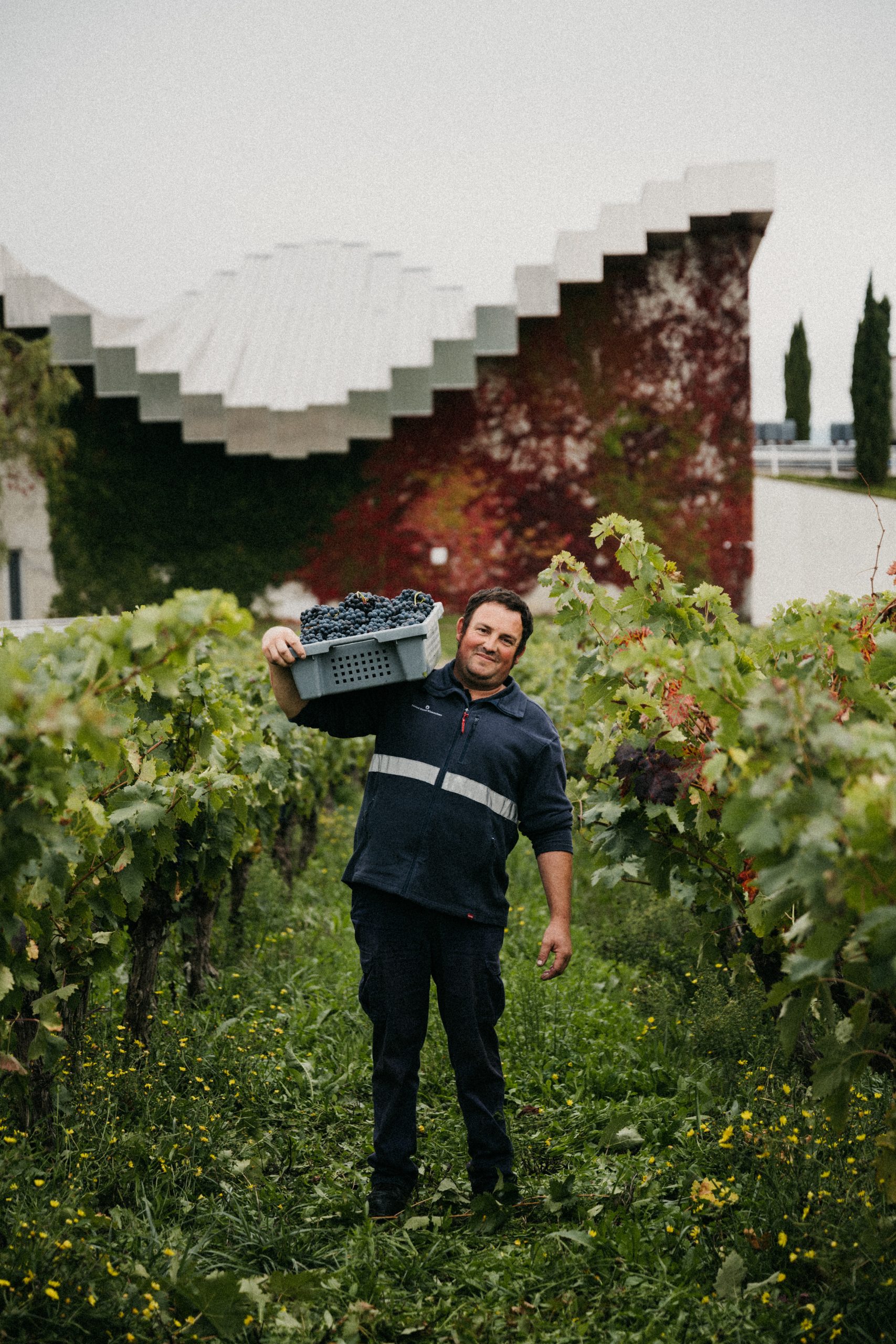Champagne duo show off progress
Champagne houses Pol Roger and Charles Heidsieck highlighted a series of important vinification changes as they held an historic tasting in tandem with the Institute of Masters of Wine.
“There has been a wholesale revolution at Pol in the last 20 years,” said James Simpson MW, sales director of Pol Roger UK.
Under the auspices of recently retired former managing director, Patrice Noyelle, Pol Roger not only hired former Krug winemaker Dominic Petit for its 1999 vintage onwards, but last year completed a major €10m renovation and expansion of its winemaking facilities.
Simpson highlighted the benefits of this modern technology for quality, noting: “for the last seven or eight years we have used no taille [juice from a second pressing] at all and our must is clean as anything, which allows for a long, cool maceration.”
Meanwhile at Charles Heidsieck, export director Stephen Leroux joined the house from Louis Roederer at the beginning of 2013 in order to help implement changes in the house’s positioning after its acquisition in 2011 by luxury goods group EPI.
Speaking of the benefits for both Charles Heidsieck and sister house Piper Heidsieck of this new owner, Leroux explained: “It has given both houses a clear identity, clear management and clear distribution.”
For Charles Heidsieck, he pointed to a significant scaling back in quantities to its current annual production of fewer than one million bottles. “Our sales went from being the size of Veuve Clicquot to today, when we are one of the smallest of the grands marques,” said Leroux.
In particular, however, he highlighted the decision taken by cellar master Thierry Roset from the 2007 harvest onwards to reduce the number of villages used to supply the house’s non-vintage blend from 120 to around 60. Roset has also nudged the average age of the base wines from eight to ten year old.
As a result, remarked Leroux, “The new Charles ages longer, has a zestier, zingier attack and a longer finish.”
Partner Content
Looking to the future at Pol Roger, Simpson confirmed that new managing director Laurent d’Harcourt has decided to change the house’s policy on communicating its disgorgement dates.
Meanwhile at Charles Heidsieck, Leroux indicated that the house had “no specific targets” in mind after the “big change” of its recent shift in approach blending and ageing.
However, he acknowledged, “We are having some thoughts about Champagne Charlie as a cuvée,” referring to the typically Pinot-Noir led blend that commemorated Charles Heidsieck’s achievement as the first Champenois to open the US market.
Leroux suggested that the introduction of oak could be one option under consideration, although he insisted: “It has to be a part of the DNA.”
Elaborating on this idea, Leroux noted: “Just because in the last 20 years a number of Champagne producers have started to use wood ageing, does that mean so should we? Maybe because Champagne Charlie is a bit of a maverick it could be an option, but we would need a good reason for doing so.”
However, he stressed above all the focus on completing the repositioning programme for Charles Heidsieck following its recent change in ownership and direction. “We need to get back into the market first,” he concluded.
The tasting was held at Trinity House in London and organised by the Institute of Masters of Wine.




